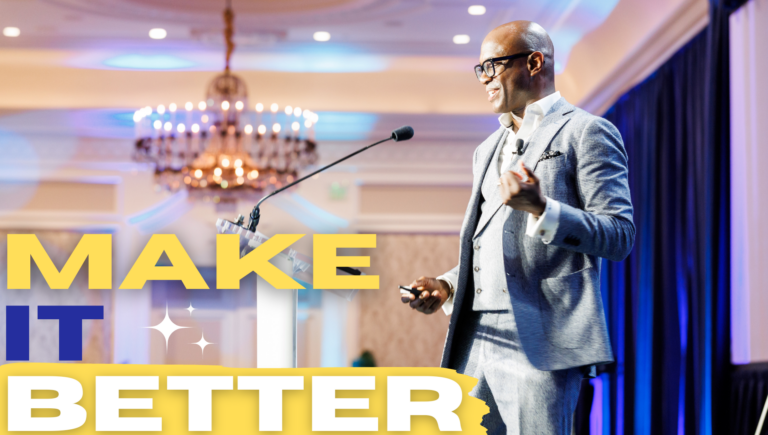
Say YES
Yes. Three letters. Small, but mighty. There is so much that is written about boundaries and saying “no.” Make no mistake, boundaries are essential. They
Share this post:
When building a strong service culture, it is important to have an inspiring vision and mission statement; but they only provide the context. Company service standards, on the other hand, are the “nuts and bolts” of how you serve. They are the specific behaviors that you expect from yourself and your team in the ongoing journey to deliver engaging service. Standards such as “I attentively listen to others” and “I will always give a gracious goodbye”, are clear and apply to everyone from the CEO to the housekeeper.
For service standards to be viewed as credible, they must be discussed frequently. They have to be spoken about everyday and used as the basis for recognition, appraisals and constructive feedback. Let’s assume that one of your standards is “Every team member will maintain an impeccably clean work environment”. If one of your employees walks past a crumpled piece of paper on the floor, that is a great opportunity to discuss that particular service standard. The same applies if a service standard is “I will own and immediately resolve customer complaints, then follow up to ensure customer satisfaction”. Talk about that standard when you are recognizing your staff for taking ownership of customer issues and following through. Also use that standard when providing constructive feedback when the opposite is true. The point is to make the service standards more than just another concoction dreamed up by senior management.
Here are a few easy-to-follow steps when developing or refining service standards:
In addition to the steps listed above, another great resource to find service standards are the personal service standards already written by your staff.
Use these company service standards to dictate how service is provided on a daily basis. Investing the time and resources to develop, implement, and reinforce service standards will reap enormous rewards in the form of higher morale and more engaged customers.

Yes. Three letters. Small, but mighty. There is so much that is written about boundaries and saying “no.” Make no mistake, boundaries are essential. They

Who smiles when you show up? What improves when you appear? Is the room brighter with you in it? Is the team more effective with